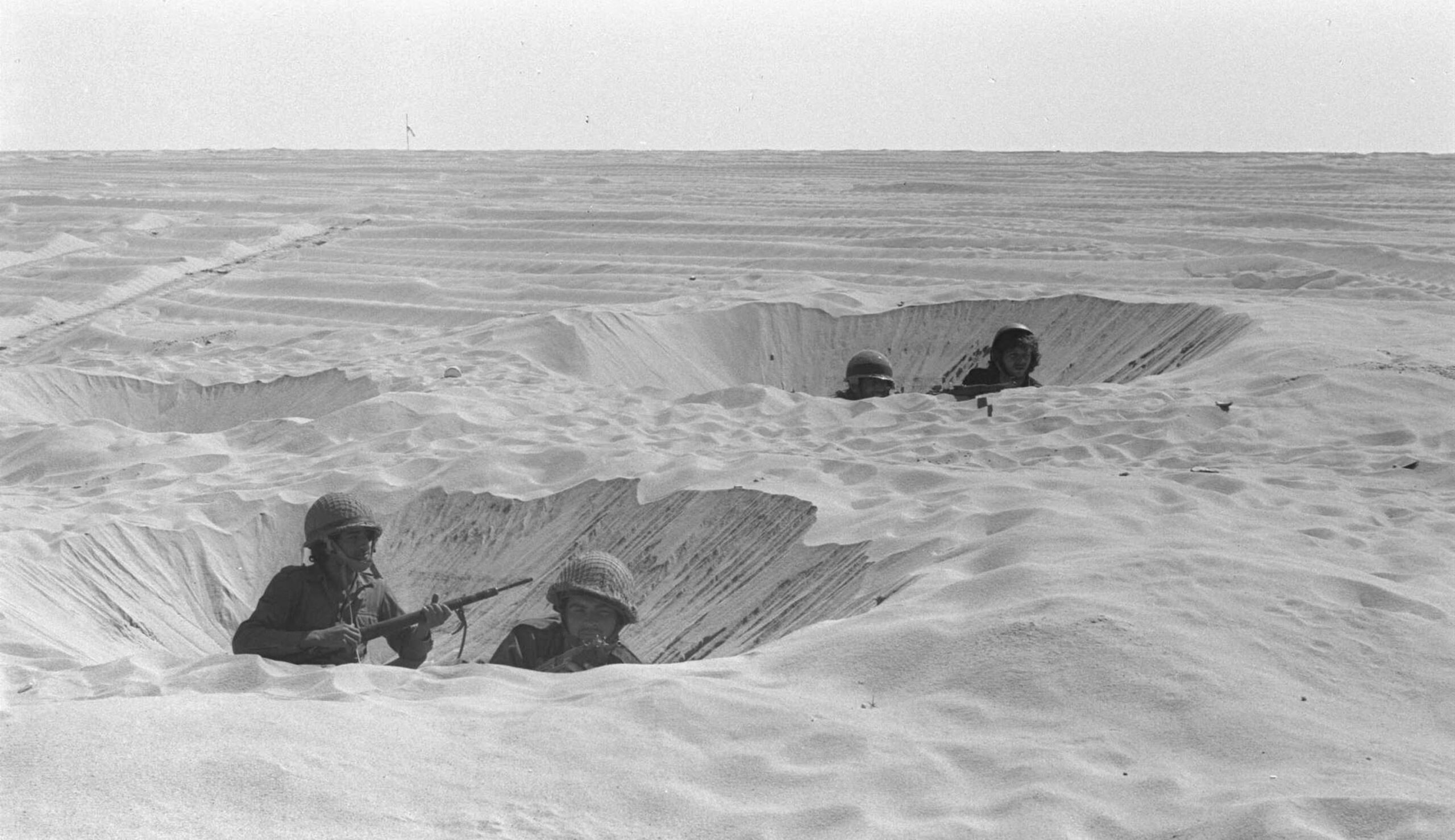This week, the board of governors of the International Atomic Energy Agency (IAEA) is holding one of its five yearly meetings, where, no doubt, it will address a recent report by the agency’s experts detailing Tehran’s refusal to cooperate with inspections. Jacob Nagel and Andrea Sticker comment:
A key conclusion from the IAEA’s report, issued on June 5, . . . is that since the end of January 2020 Tehran has refused the IAEA access to two nuclear sites of concern and declined to answer questions about a third. . . . Certain states, such as Russia, are supporting Iran’s evasions, arguing that the IAEA’s investigation relates merely to [past violations]. Yet the new information obtained by the IAEA warrants questions . . . as to whether activities with military nuclear applications continue today and all nuclear materials in Iran [are being put solely to] peaceful uses.
Perhaps most suspiciously, Iran continues to destroy sites of concern and move or hide equipment and materials. There is no statute of limitations in Iran’s safeguards agreements on investigating allegations or suspicions of undeclared nuclear material.
The E3, or the United Kingdom, France, and Germany, which have so far been quiet on the matter, should stand firmly behind the IAEA [in condemning Iran’s noncompliance]. The E3 remain harshly critical of the United States for withdrawing from the 2015 nuclear deal . . . and blame Washington for Iran’s subsequent breaches of the accord. Yet Iran’s violations [of the Nonproliferation Treaty and its subsequent safeguards] represent breaches of entirely separate agreements that long predate the [the deal], so the E3 cannot point a finger at Washington.
It is past time for the world to unite around the threat of Iran’s nuclear program. This should start with the IAEA’s board of governors recognizing that Tehran’s nuclear program is not peaceful. The world should demand full answers.
More about: Europe, Iran nuclear program, U.S. Foreign policy


